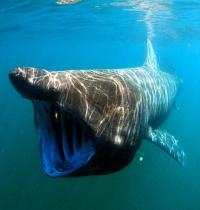 Aerial surveys attempting to identify endangered right whales have spotted swarms of basking sharks, in groups from 30 to up to 1,400, swimming in the waters from Long Island to Nova Scotia. Researchers who study the normally solitary sharks are not quite sure why. Nevertheless, reviews of the data suggest that such gathering are not that unusual. NOAA issued a press release on the sightings which said in part:
Aerial surveys attempting to identify endangered right whales have spotted swarms of basking sharks, in groups from 30 to up to 1,400, swimming in the waters from Long Island to Nova Scotia. Researchers who study the normally solitary sharks are not quite sure why. Nevertheless, reviews of the data suggest that such gathering are not that unusual. NOAA issued a press release on the sightings which said in part:
The reason why the animals congregate has not been clearly determined, although it is thought to be related to feeding, socializing, and/or courtship given behaviors in other shark species.

 The Flettner fleet is growing slowly but steadily. The LNG powered cruise ferry
The Flettner fleet is growing slowly but steadily. The LNG powered cruise ferry  In June of 1912, Joseph Conrad wrote “
In June of 1912, Joseph Conrad wrote “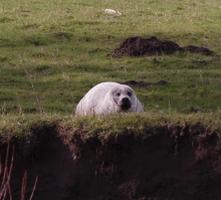 Two short accounts of seals showing up in somewhat unexpected places.
Two short accounts of seals showing up in somewhat unexpected places. 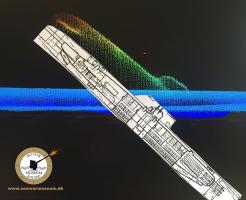 The
The 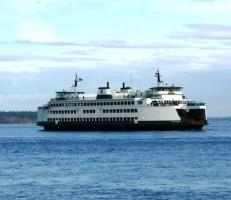 Talk about unintended consequences. The Washington State Ferry system and the US Coast Guard have a problem with forgotten bicycles. Over the last 18 months, 12 bicycles have been left aboard ferries, including three bike-share bikes. This turns out to be a rather big deal. Because a forgotten or abandoned bicycle might suggest that the owner could have gone overboard, it can trigger a search and rescue operation by Coast Guard and ferry personnel until the bicyclist can be confirmed safe.
Talk about unintended consequences. The Washington State Ferry system and the US Coast Guard have a problem with forgotten bicycles. Over the last 18 months, 12 bicycles have been left aboard ferries, including three bike-share bikes. This turns out to be a rather big deal. Because a forgotten or abandoned bicycle might suggest that the owner could have gone overboard, it can trigger a search and rescue operation by Coast Guard and ferry personnel until the bicyclist can be confirmed safe.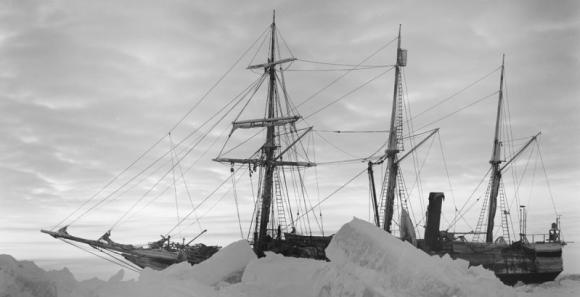 Next January and February, an expedition to Antarctica will search for
Next January and February, an expedition to Antarctica will search for 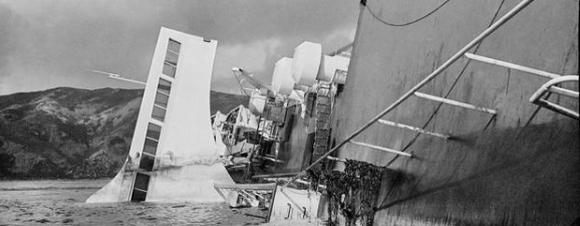
 Yesterday
Yesterday 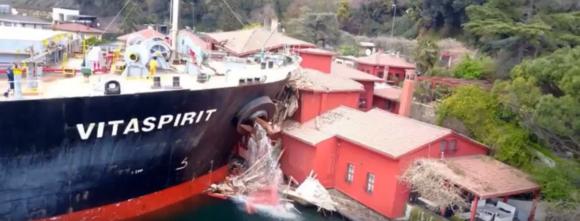 Saturday was a bad day on the Bosphorus. The Maltese-flagged 74,269 DWT bulk carrier
Saturday was a bad day on the Bosphorus. The Maltese-flagged 74,269 DWT bulk carrier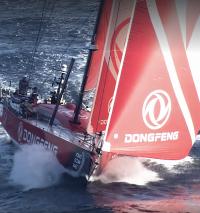 Yesterday, we posted about the upcoming
Yesterday, we posted about the upcoming 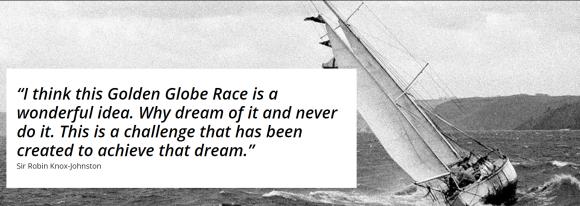 Fifty years ago this year, nine sailors set off in the
Fifty years ago this year, nine sailors set off in the 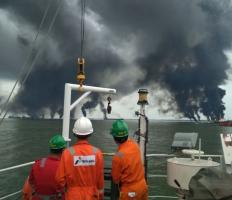
 A new exhibit has recently opened at the
A new exhibit has recently opened at the 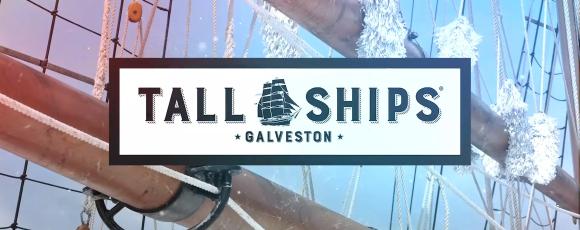 A fleet of tall ships is sailing to Galveston Island, Texas which will host
A fleet of tall ships is sailing to Galveston Island, Texas which will host  As if things were not complicated enough, it appears that
As if things were not complicated enough, it appears that 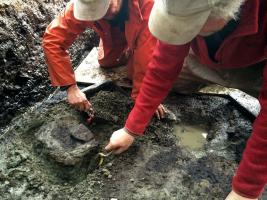
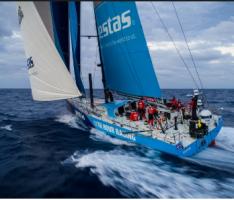 The Southern Ocean has been battering the rigs of the boats sailing in the Volvo Ocean Race (VOR) as the fleet rounds Cape Horn. On Friday,
The Southern Ocean has been battering the rigs of the boats sailing in the Volvo Ocean Race (VOR) as the fleet rounds Cape Horn. On Friday, 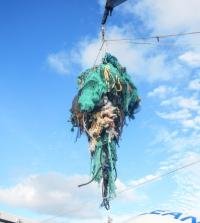
 Team Sun Hung Kai/Scallywag
Team Sun Hung Kai/Scallywag